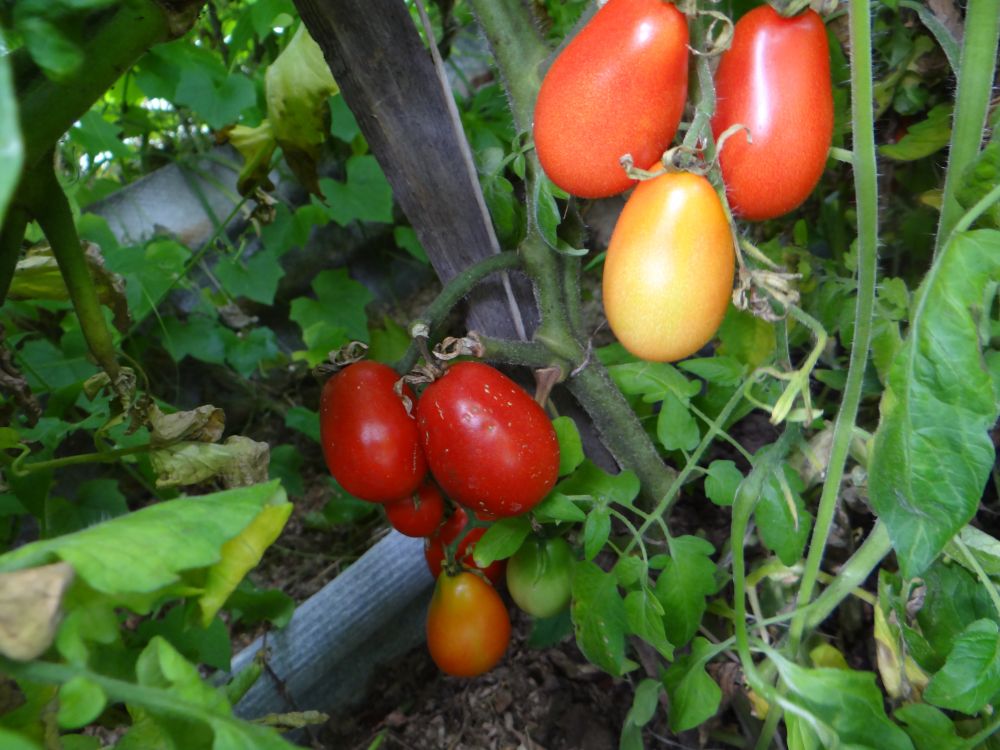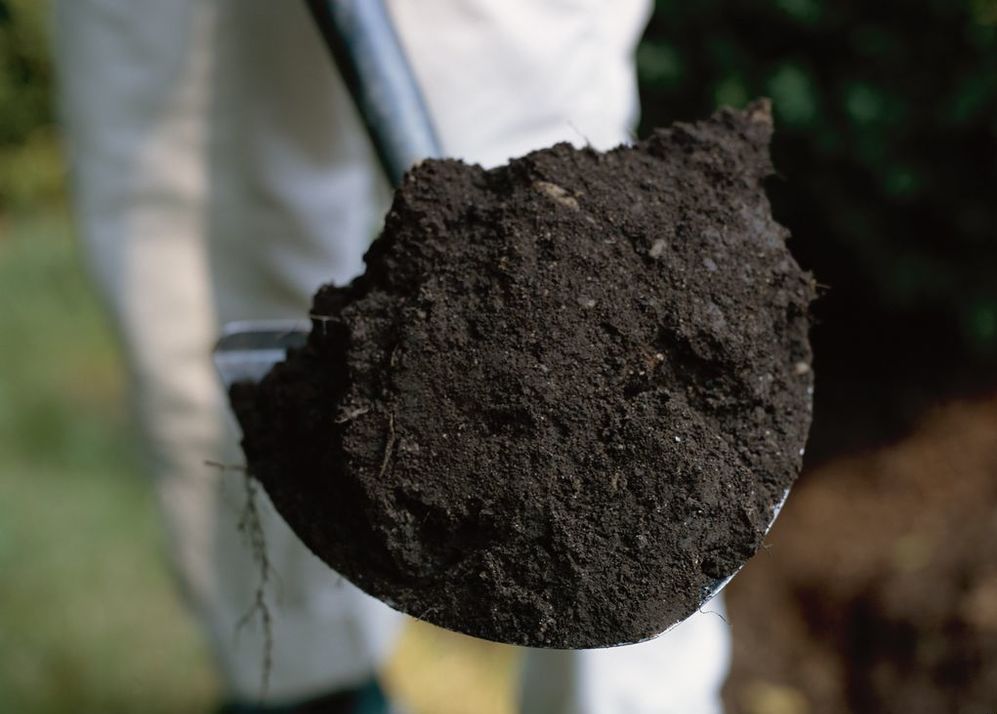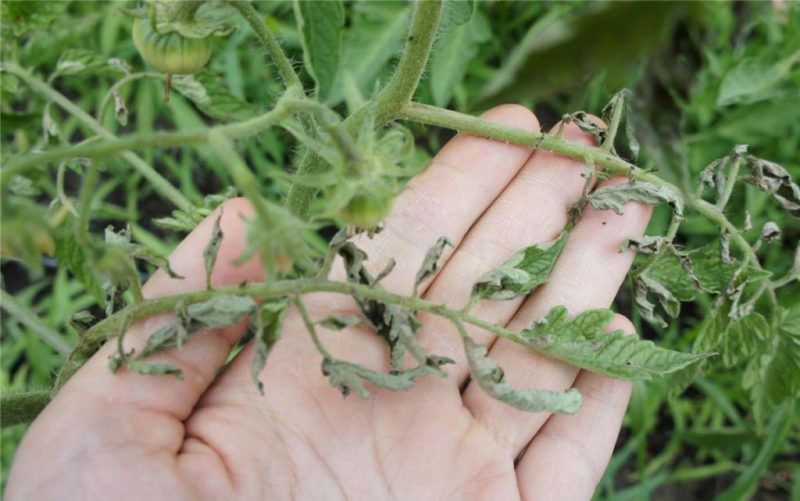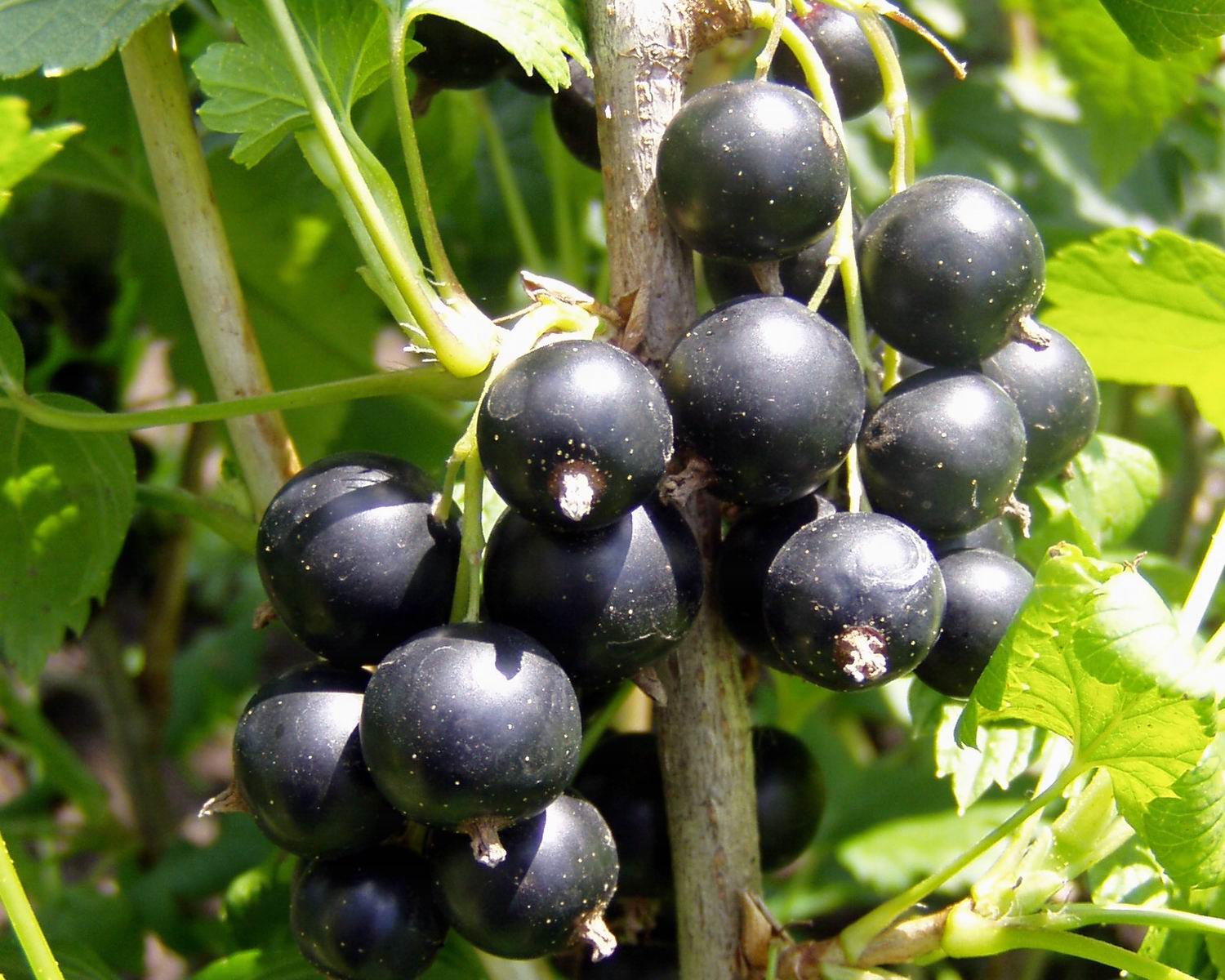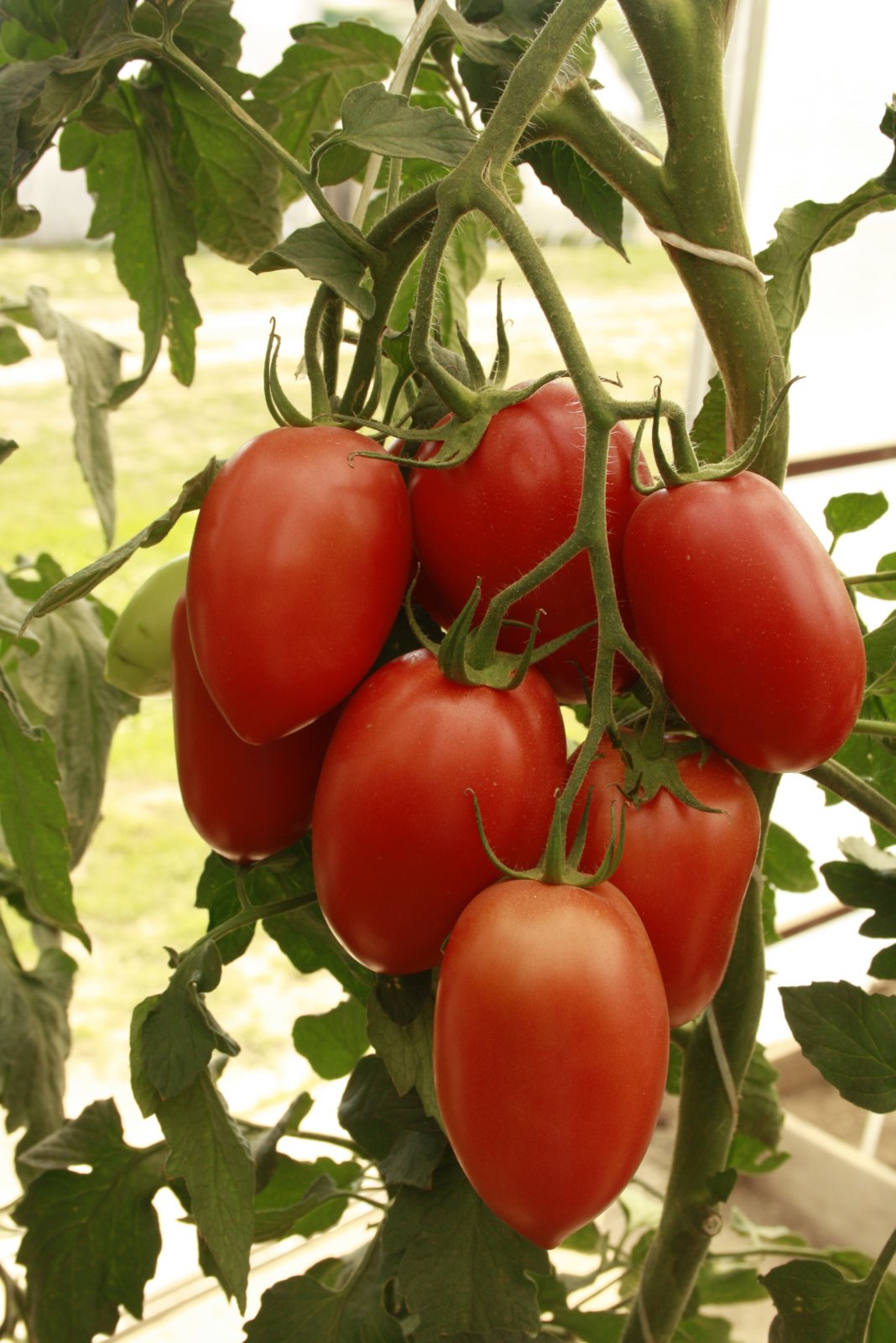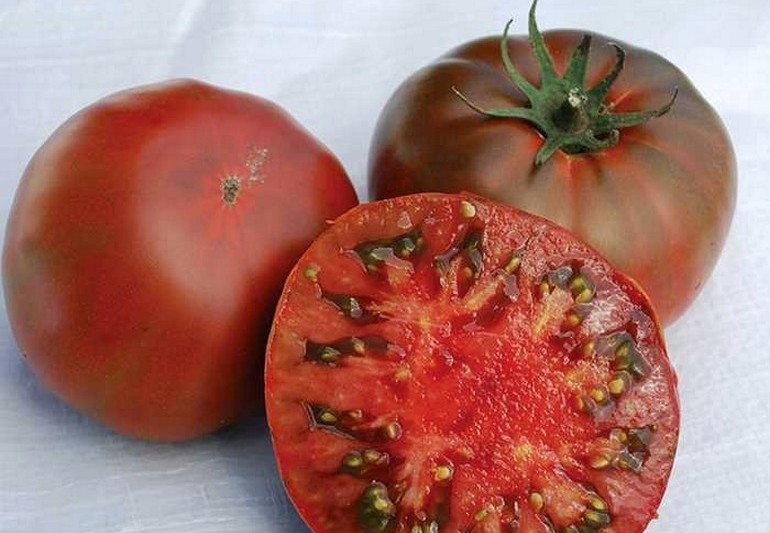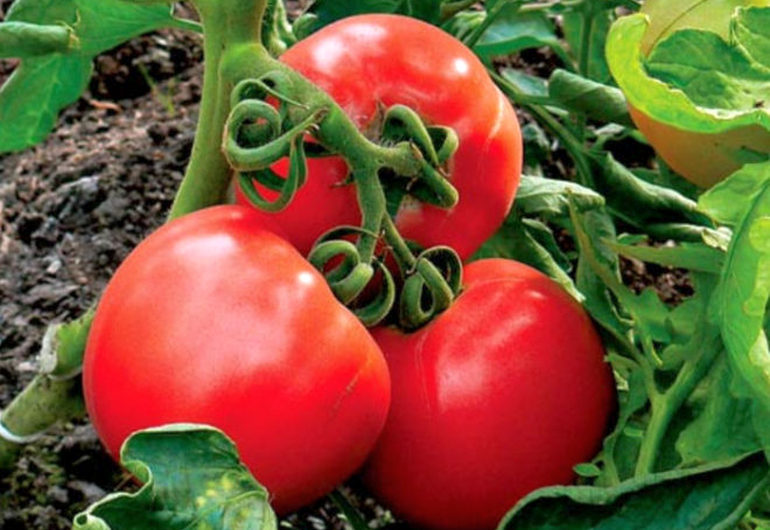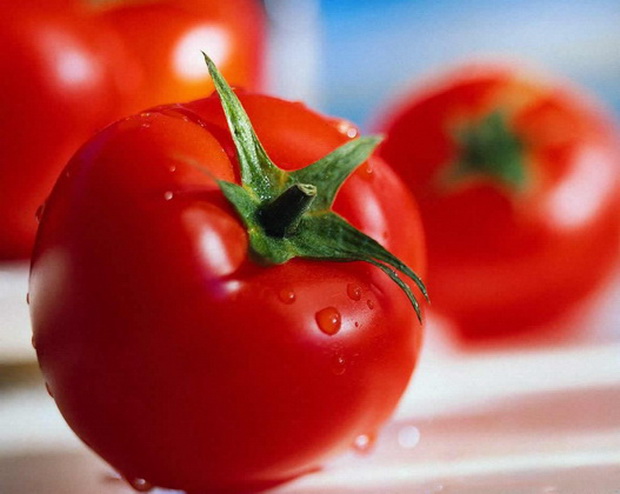Content:
Tomato Moscow delicacy is a relatively new hybrid. Its peculiarity is that the fruits have a high sugar content. This explains the excellent taste of the variety, which gourmets liked and loved by children. The hybrid is grown not only in the south of Russia, but also in the Moscow region.
Characteristics and description of the tomato variety Moscow Delikates
It was included in the State Register in 1998. The country of withdrawal is Russia. The culture is recommended to be grown both in the open field and in the greenhouse. The hybrid belongs to mid-season crops. From planting seeds to receiving the first fruits, on average 110-120 days pass.
Tomato Delicacy belongs to the indeterminate plant types, that is, it grows in the form of a vine, which develops until the first frost. The average plant height ranges from 155-185 cm, so it needs a mandatory garter. The highest yield is observed when a bush is formed of 2-3 stems.
The leaf is green, large, wide, slightly loose. The bush is abundantly covered with them. Inflorescences are of intermediate and simple type. The first is formed after 9-11 leaves, and the subsequent ones alternate after 3-4.
Fruit
The peduncle is articulated. Delicacy tomato has an unusual elongated-oval creamy shape. In consistency, it is dense, slightly ribbed, but the amount of juice is moderate. Number of chambers - 2. Glossy skin has a dense structure. Ripe tomatoes are red-raspberry-colored, and unripe tomatoes are green, with a dark green spot around the stalk.
The hybrid is ultra-early. Moreover, the weight of the fruit varies from 90 to 140 grams, 180 gram specimens are found in the greenhouse. One bush gives an average of 4 kg of tomato. The yield from 1 m² is up to 9 kg, but subject to the proper distance between the bushes.
The peculiarity of the variety is that the subsequent fruits are larger than the previous ones. Usually the opposite is true: the first tomatoes are the largest, and then they become smaller. Taste excellent, tomatoes are classified as gourmet varieties.
Delicacy tomatoes are versatile: they are eaten fresh, used for conservation. When exposed to heat, the skin does not break.
Agrotechnics
Growing seedlings
In the southern regions of Russia, tomatoes can be grown by simply burying the seeds directly into the ground. But for reliability, it is better to use a seedling growing method. By the time of transplanting into open ground, the seedling should be about 60 days old. Before sowing, the seeds are disinfected. For this, a weak manganese solution is used.
Planting soil is prepared from earth, ash, nitrogen and phosphorus fertilizers (dosage, according to the instructions). Before the pick, the plant is no longer fed. The earthen mixture is disinfected before sowing with potassium permanganate. The seeds are laid to a depth of 1 cm and then watered.
The containers with the sown seeds are placed in a warm, lighted place. In the first days, the temperature in the room should not drop below 15 ° C, after 2-3 weeks - not less than 22 ° C. If necessary, the seedlings are covered overnight. They need periodic watering.
You can transplant after the appearance of the first two leaves. Plants can be transplanted into separate containers or larger boxes. When choosing the second option, the distance between the shoots should be at least a few cm. The plant is deepened into the ground to the leaves.
A couple of weeks after the pick, the soil is fed with the same as for the first time. Watering is carried out regularly. The third feeding of the plant is carried out after half a month. It is performed with organic substances. It can be diluted manure or ash.
A week before planting in open ground, the temperature in the room is lowered, this is done gradually. 3-4 days before the next pick, potash fertilizers are applied to the soil. They will help the plant to form flower ovaries.
Outdoor transplant
Around the beginning of June, seedlings are planted on the site. One square meter should contain no more than 4 plants. The most comfortable planting size is 50x40 cm. A support is installed in each hole, since the varietal bush is very tall.
Moscow tomatoes love sunlight, but cannot stand drafts. This should be taken into account when choosing a place to grow a crop. The hybrid has a powerful root system, so it can extract all the necessary nutrients from the soil.
Bush care
Caring for Delicatessen tomatoes after picking are simple. They are almost the same as those of other similar varieties. These include:
- regular drip irrigation with warm water;
- pinching the bush, especially in the first weeks;
- loosening the soil and removing weeds;
- pest prevention.
Additional feeding is made at will. It is brought in with the active fruiting of the culture. It can consist of:
- Mineral fertilizers. It is a mixture of phosphorus, potassium and nitrogen (25 grams each for 10 liters of water). One bush needs 0.5 liters of nutrient sweep;
- Organic matter. This is diluted manure, bird droppings or wood ash.
The hybrid rarely suffers from fungal infections, but some insects can cause considerable harm to the seedling. For example, a nematode lays larvae in the stems. The latter cause toxic poisoning in the plant. The insect is difficult to destroy, so the affected bush is destroyed, and the ground around is disinfected. A preventive measure is to plant garlic beds next to an oriental delicacy tomato.
Advantages and disadvantages of the variety
The hybrid has many remarkable features that set it apart from other tomato crops. The pluses include:
- the shape of a tomato, which looks like an unusual combination of plum and pepper;
- grows in greenhouses and open ground;
- a powerful root system that eliminates the introduction of fertilizers;
- early maturing plant;
- easy care;
- high resistance to fungal diseases;
- good yield;
- subsequent tomatoes are larger than the previous ones;
- pleasant taste properties of fruits that even children like;
- long shelf life;
- during heat treatment, the skin does not burst.
Among the significant disadvantages, only one can be noted: the plant is very tall and needs periodic strapping.
Tomato Moscow delicacy is well suited for growing beginners and busy people. The variety is unpretentious in care, has a high immunity to the fungus and pleases with a good harvest. In addition, the fruit of the hybrid has an unusual shape and excellent taste.

